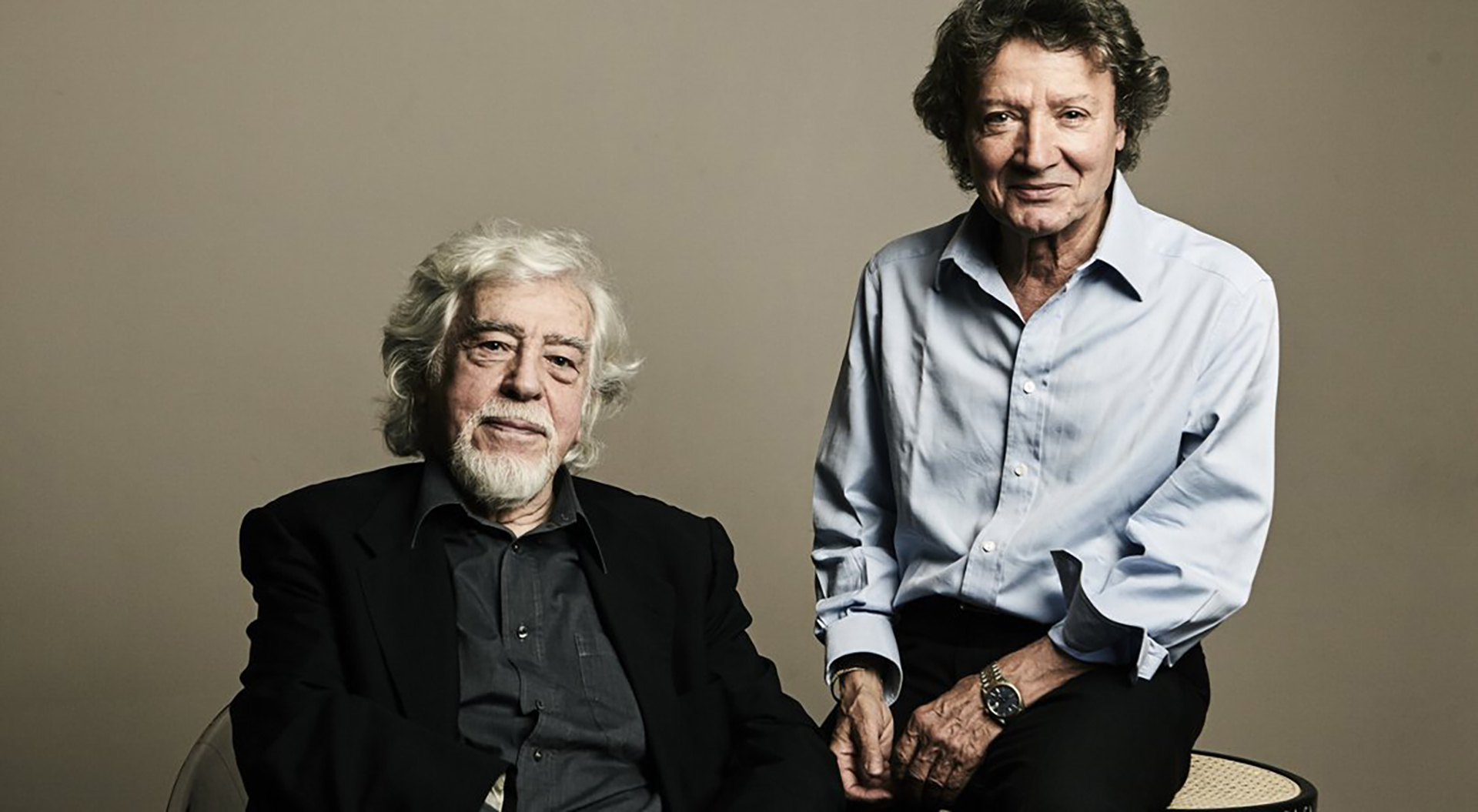

by Samuel Beckett

by Samuel Beckett
Director: Andrea Baracco
with Glauco Mauri and Roberto Sturno
Directors cannot help but be slightly wary of Beckett, that creator of cages that are so constricting that there’s little freedom to intervene or invent when staging a work which is so carefully dictated by his written words. And yet, Beckett’s works seem to enter one’s blood, they jump out at you when you least expect it; they make no distinctions between slumber and wakefulness, but demand your attention and weave about you like a slow or quick hallucination. For example, there’s a shred of conversation snatched from the street and then we have Vladmir and Estragon in front of us. Or there’s a gaze and a personal reaction and then here comes Clov wheeling a man about in a wheelchair. Or there’s a woman on a swing, or a mouth that never stops talking. With Beckett, the associations are always immediate. If a so-called traditional playwright builds the action in a scene by starting with a situation, Beckett builds it by starting with an image: like the tree in Waiting for Godot, the ashbins in Endgame, the tape recorder in Krapp’s Last Tape, the mouth in Not I, or a woman with an umbrella in Happy Days – you can’t approach a Beckett text without being overwhelmed – first and foremost and before any words – by the amazing importance of an image. Talking about Beckett means talking about the senselessness of the human condition, about the inability to investigate the universe and what is human, about attempting to express what cannot be expressed. We’re talking about very fundamental themes (even if the author himself offered a warning: “My work is a matter of fundamental sounds – he said. If people want to have headaches among the overtones, let them. And provide their own aspirin.”). But more than anything else, talking about Beckett means talking about theatre, about alive and pulsing characters which remain fixed in our memory more than many other characters hailing from theatre’s so-called realistic style. In Endgame, everything is perfectly clear: the two ashbins on one side holding Nagg and Nell, the wheelchair, and the ladder beneath the high windows. These images create an installation space, a self-sufficient space which needs nothing else except itself to be significant. And then we have the only possible and plausible inhabitants of such a space – Hamm and Clov on one side, and Nagg and Nell, Hamm’s parents, on the other side. It would be impossible to imagine one without the other, just as it would be difficult to imagine the separation of certain comedy double acts in silent films. These pairs are both complementary and hostile, and fiercely bound to one another:
Clov: I can’t sit.
Hamm: True. And I can’t stand.
Clov: So it is.
Hamm: Every man his speciality (Pause). Don’t we laugh?
Clov (after reflection) I don’t feel like it.
With one step, Clov could be out the door; he has always been and always will be ready to cross the threshold and run away. And Hamm does nothing else except constantly invite him to move towards the exit. His invitation isn’t discreet at all, but violent – with pushes, more than loving adieus. Yet the reality is that they cannot do anything else but stay there, it seems, in that room (devoid of furniture, and only grey light), one sitting while the other stands, one holding a whistle while the other stands ready to respond to that sound. They make fun of the world, yet they have also been played a bit themselves, like in a chess game. While Hamm, the king, has the last move (“Me – to play” is the first thing Hamm says), they remain there without moving, one condemning the other.
Andrea Baracco
Other events
Non ci sono spettacoli
Sign up to our newsletter service to get the latest news & events from Brunello Cucinelli Theatre
Teatro Cucinelli
© 2024 Fondazione Brunello e Federica Cucinelli
© 2024 Fondazione Brunello e Federica Cucinelli
© 2024 Fondazione Brunello e Federica Cucinelli